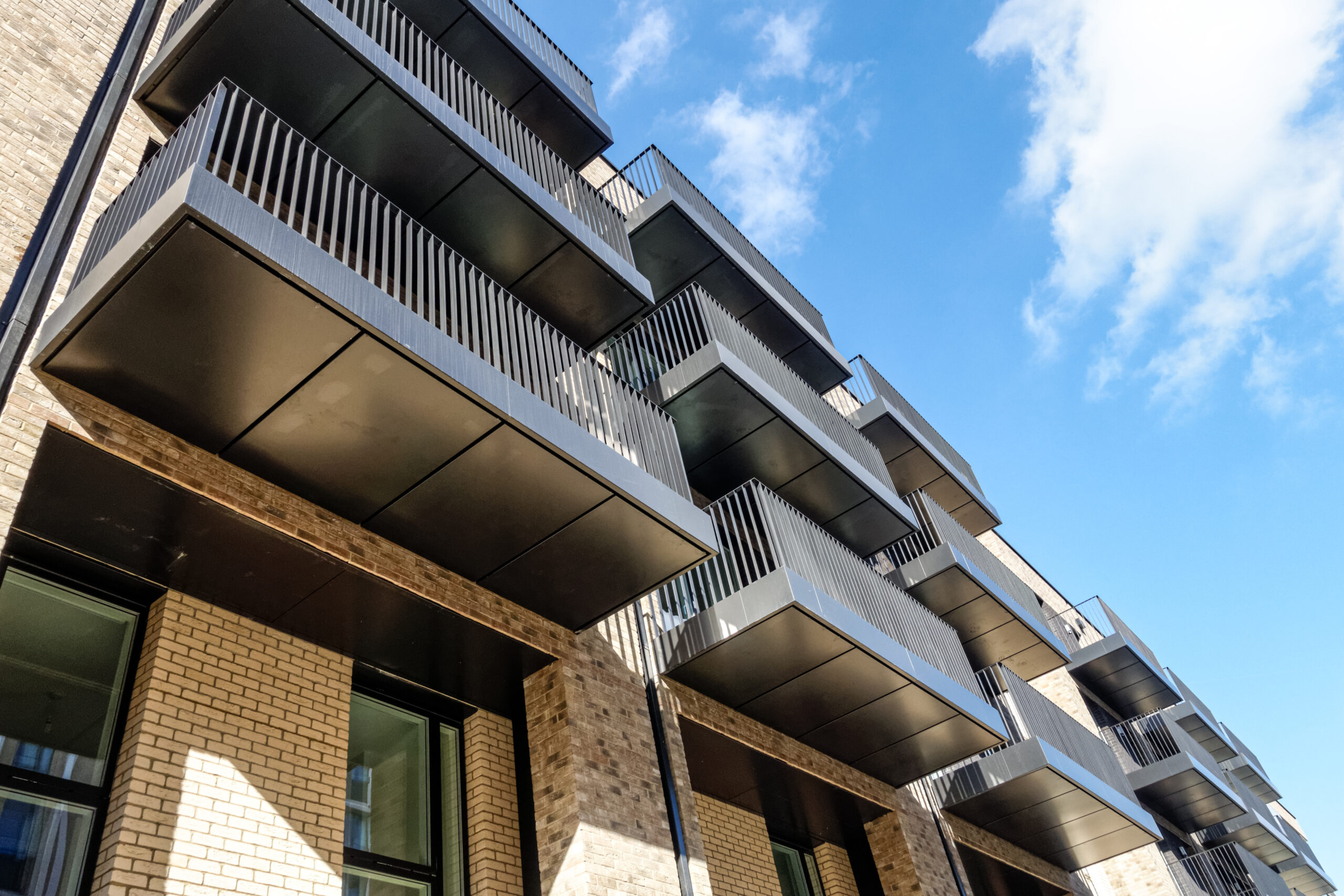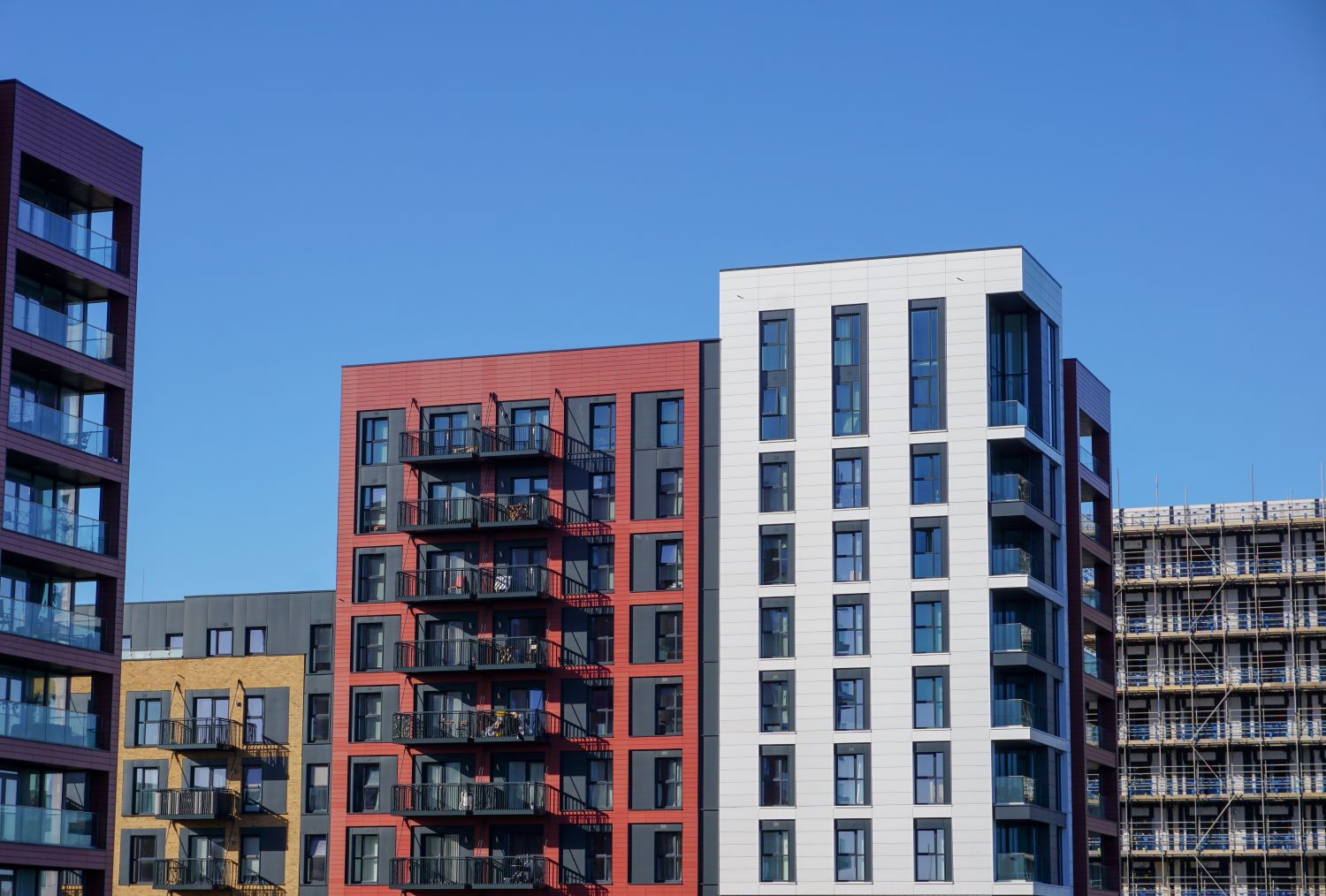Managing agents, RMC directors, leaseholders and freeholders are having to familiarise themselves with the new Building Safety Act (BSA) developments and their potential impacts. Having seen the first remediation contribution order (RCO) in the First-Tier Tribunal (FTT) in January this year following the introduction of the powers in the Building Safety Act (BSA), September saw the FTT make the first remediation order (RO) under the BSA.
Firstly, lets quickly cover what an RO and RCO are, as well as what is classified as a ‘relevant defect’ and ‘relevant building’ that they relate to:
Relevant defect – Anything done or not done, or used or not used in connection with relevant works which causes a ‘building safety risk’, for example the spread of fire.
Relevant building – A self-contained building or part of a building that contains at least two dwellings, which is at least 11 metres or five storeys high.
Remediation contribution order – RCOs relate to the responsibility of payment towards necessary works to fix a defined ‘relevant defect’ in a ‘relevant building’. Under Section 124 of the BSA, the FTT can make an order requiring a corporate body to make payment towards remediation costs.
Remediation order – An RO relates to the works required to fix a ‘relevant defect’ within a ‘relevant building’. Under section 123 of the BSA, the FTT can make an order requiring a freeholder or managing
Case details
The case of Waite & others v Kedai Ltd (2023) concerned a development in Streatham, comprising of two block of 35 residential flats and one commercial ground unit, with 30 of the 35 residential leaseholders joining the application against the freeholder.
The cause for concern focused on gold coloured aluminum cladding on the upper two storeys of both blocks, as well as the internal compartmentalization of the blocks. Various fire safety reports had been gathered between 2019 and 2023, and in June 2023 two improvement notices had been served in respect of the defects within both blocks. Subsequently, it was agreed by all necessary parties that the cladding and lack of fire-stopping cavity barriers and compartmentation were ‘relevant defects’ causing a ‘building safety risk’.
FTT verdict
The FTT were satisfied that the conditions for making an RO against the freeholder had been met for both blocks, and ordered that specified remediation works to be completed by the 19th September 2025.
Having been content that the majority of the defects at the development were ‘relevant defects’, having arisen in connection with ‘relevant works’, e.g works carried out on the building within the relevant period of 30 years. The FTT also found that the defects identified have caused and continue to cause a ‘building safety risk’, and it was therefore within the FTT’s power to make a RO. Within the FTT decision it was stated that the assessment of a buildings’ safety is done at the date of the hearing, even if the works carried out on the blocks was done many years ago. The FTT is therefore considering the risk that is caused by the state of the building on the day of the hearing.
The FTT did however decline to make certain other orders applied for by the leaseholders, such as their request for the freeholder to cover their legal costs of pursing the RO application and compensation for certain losses, such as the leaseholders’ inability to sell and the devaluation of the leases over the last 6 years. This was primarily because the FTT had no jurisdiction to make such orders. However, the FTT did grant a section 20C order, which restricted the freeholder from recovering 80% of their costs for dealing with the RO application from the leaseholders through the service charge.
So what are the key pints of this decision?
It was a rather straightforward first RO case, as all the relevant parties involved had agreed that the issues identified were ‘relevant defects’, which caused a ‘building safety risk’. Therefore, it was clearly right for the FTT to grant an RO to ensure that the works are carried out by the freeholder within a certain timeframe.
As this was the first case of its time, it provides a useful insight into the thinking of the FTT and what considerations they’re likely to make in similar cases in the future. It also shows how seriously the FTT will deal with any questions in relation to building safety, as it looks to support the objective of the BSA.




